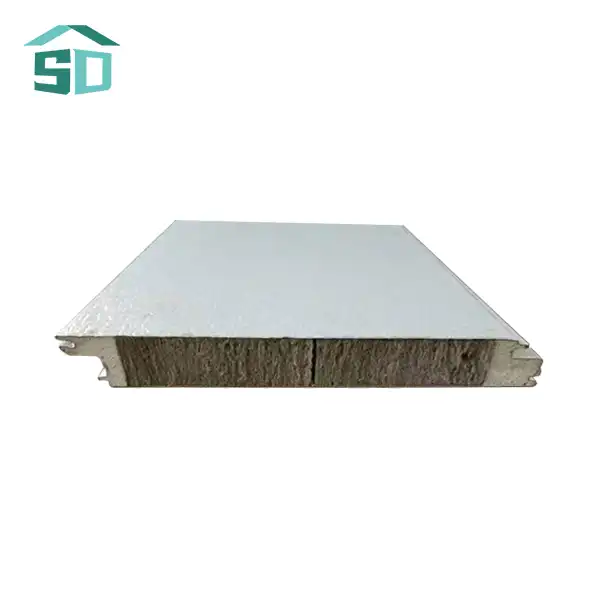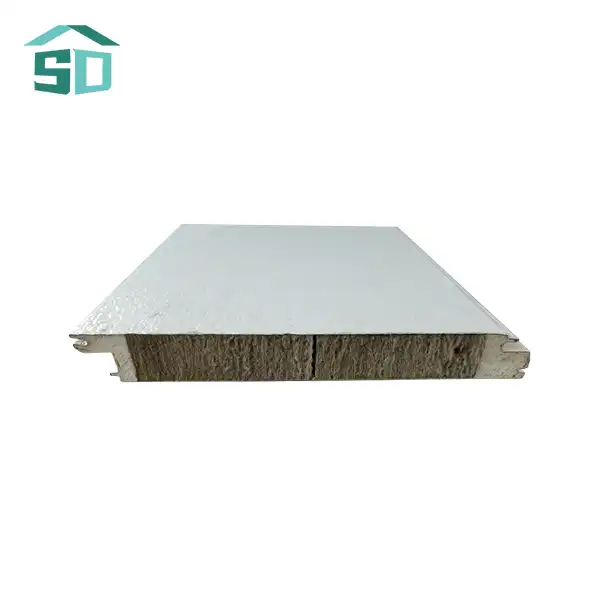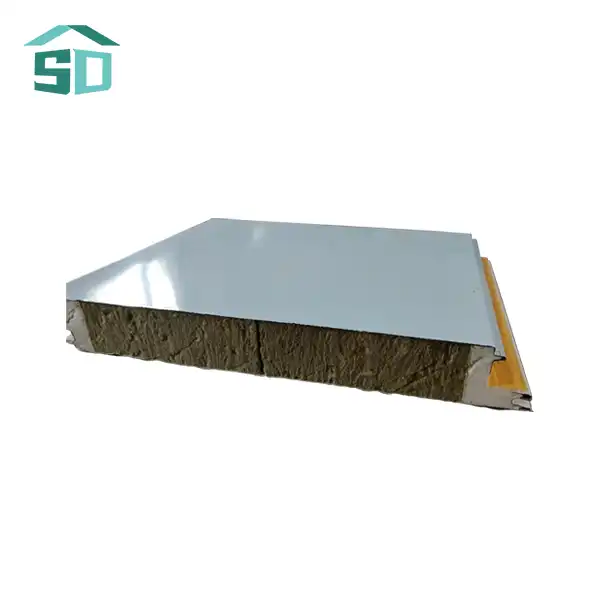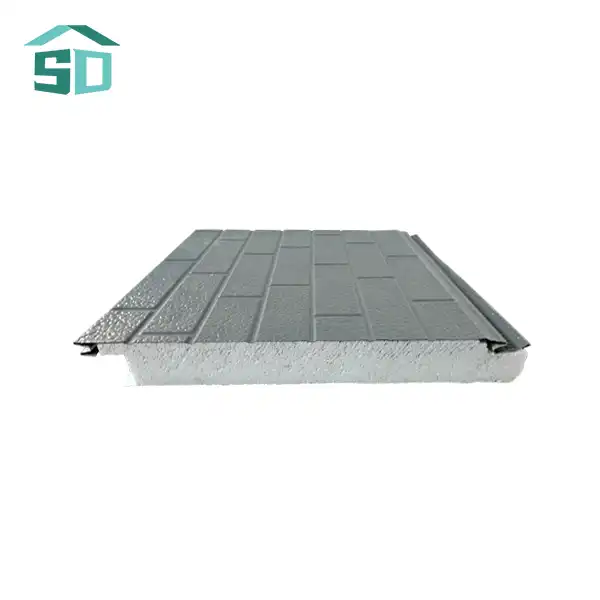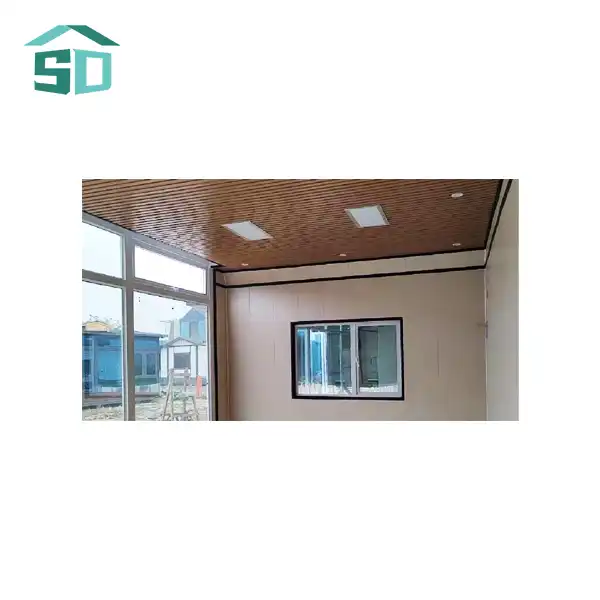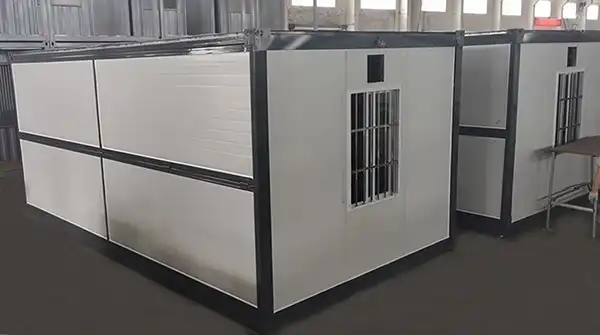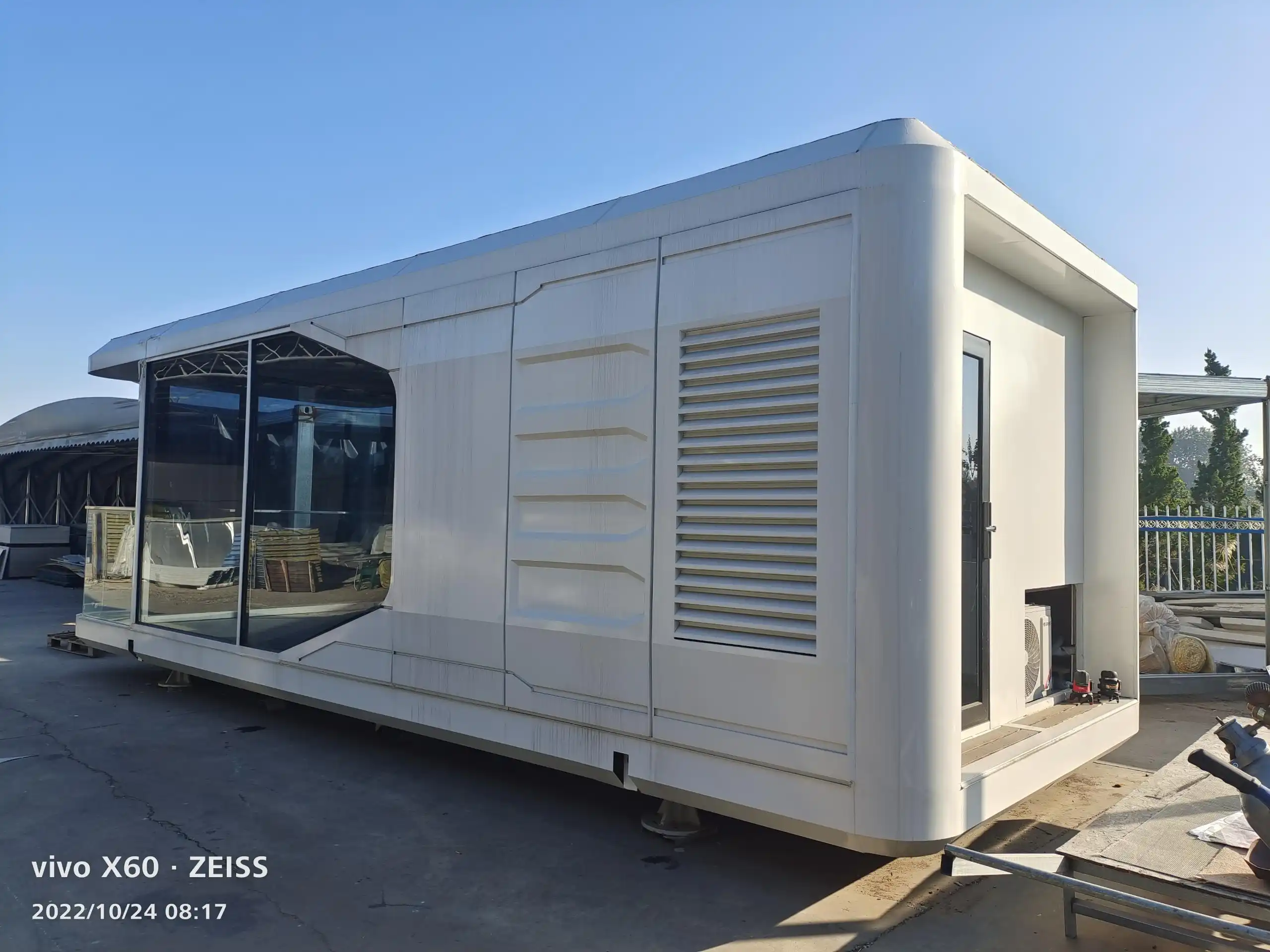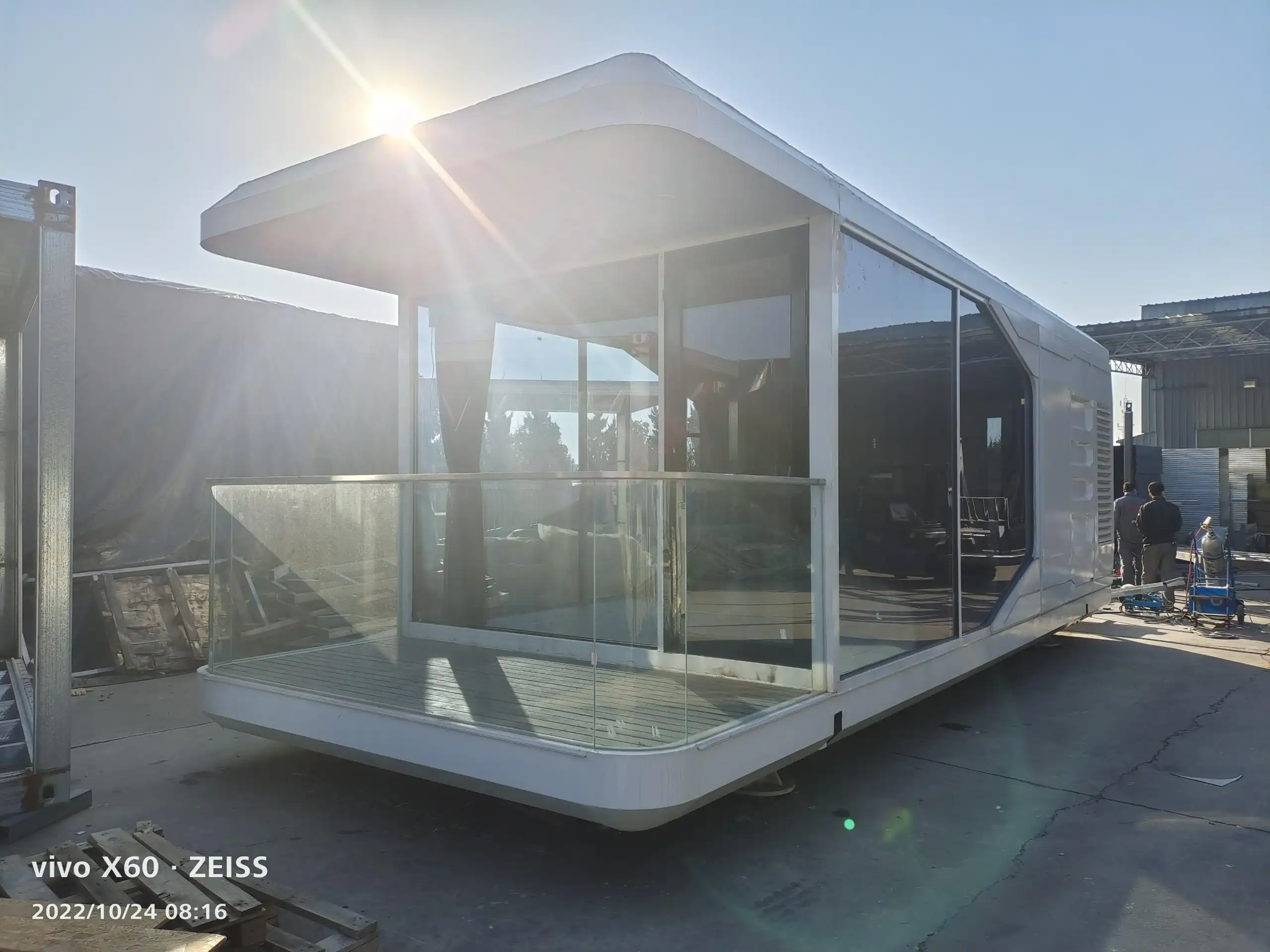The Evolution of Insulation: From Functional to Fabulous
Traditional Insulation Methods: A Brief Overview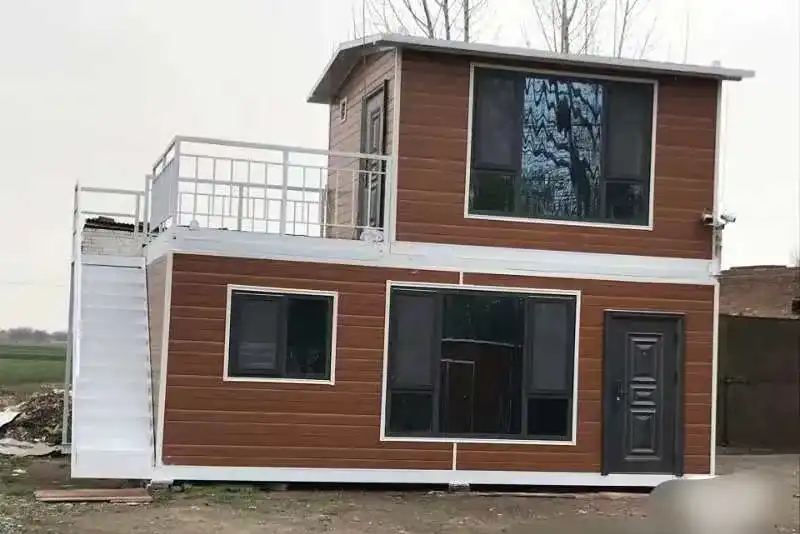
Historically, insulation has been hidden behind walls or tucked away in attics, prioritizing function over form. Traditional materials like fiberglass batts, cellulose, and spray foam have long been the staples of the insulation industry. While effective at reducing heat transfer, these methods often require additional finishing work to create aesthetically pleasing living or working spaces. This separation between insulation and interior design has led to compromises in either energy efficiency or visual appeal, forcing property owners to make difficult choices.
The Rise of Decorative Insulation Boards
Enter decorative insulation boards, a game-changing solution that bridges the gap between energy efficiency and aesthetic appeal. These innovative products are designed to be both highly effective insulators and visually attractive elements of interior or exterior design. Manufactured using advanced materials such as polyurethane, polystyrene, rock wool, or glass wool, these boards offer superior thermal resistance. What sets them apart is their decorative surface, which can mimic a variety of materials including wood, stone, or metallic finishes, or feature custom patterns and colors.
Versatility in Design and Application
The versatility of decorative insulation boards is truly remarkable. Available in a range of materials including aluminum, steel, stainless steel, and copper, these boards can be customized to suit any architectural style or personal preference. Sizes can be tailored to specific project requirements, with options up to 1220mm x 2440mm, and thicknesses varying from 25mm to 100mm. This flexibility allows architects and designers to create unique, energy-efficient spaces without compromising on aesthetics. Whether used in residential complexes, offices, villas, or even historic building renovations, decorative insulation boards offer a solution that enhances both the look and performance of a structure.
Technical Advancements Driving Energy Efficiency
Superior Thermal Performance
At the heart of the revolution in energy efficiency is the exceptional thermal performance of decorative insulation boards. These boards are engineered to minimize heat transfer, creating a more stable indoor environment. By reducing the workload on heating and cooling systems, they contribute significantly to lower energy consumption. The thermal resistance of these boards is measured in R-value, with higher values indicating better insulation properties. Decorative insulation boards often boast impressive R-values, making them highly effective in maintaining comfortable temperatures year-round.
Fire Safety and Durability
Beyond thermal efficiency, decorative insulation boards address critical safety and longevity concerns. Many options are available with Class A fire ratings, ensuring non-combustibility and compliance with stringent safety standards. This feature is particularly valuable in commercial and high-rise residential applications where fire safety is paramount. Additionally, these boards are designed for durability, with corrosion-resistant finishes that withstand UV exposure and weathering. This resilience not only contributes to the long-term energy efficiency of the building but also reduces the need for frequent replacements, further enhancing their eco-friendly profile.
Advanced Manufacturing Processes
The generation of enriching separator sheets leverages cutting-edge fabricating methods to guarantee steady quality and execution. State-of-the-art generation lines and thorough quality control frameworks are utilized to screen each angle of the fabricating prepare. From the choice of crude materials to the last item, comprehensive assessments are conducted to confirm thickness, paint film judgment, mechanical quality, and generally appearance. This fastidious approach ensures that each board meets the most elevated guidelines of both cover execution and stylish quality.
Practical Benefits and Real-World Applications
Cost-Effectiveness and Energy Savings
The execution of enhancing separator sheets offers unmistakable money related benefits to property proprietors. Whereas the starting speculation may be higher compared to conventional separator strategies, the long-term reserve funds on vitality costs can be considerable. By essentially decreasing warming and cooling necessities, these sheets can lead to lower utility bills month after month. Besides, their strength and resistance to weathering cruel less visit substitutions and support, encourage upgrading their cost-effectiveness over time. For businesses and property holders alike, this deciphers to a savvy venture that pays profits in both consolation and decreased working costs.
Environmental Impact and Sustainability
In an era of increasing environmental consciousness, decorative insulation boards stand out as an eco-friendly choice. By dramatically improving the energy efficiency of buildings, they contribute to reduced carbon emissions and a smaller overall environmental footprint. Many manufacturers prioritize the use of sustainable materials and production processes, aligning with green building standards and certifications. This commitment to sustainability extends beyond the product itself to its entire lifecycle, from production to installation and eventual recycling or disposal.
Ease of Installation and Versatility
One of the key advantages of decorative insulation boards is their ease of installation. Designed for straightforward application, these boards can significantly reduce labor costs and installation time compared to traditional insulation methods followed by separate finishing work. The installation process typically involves simple steps: preparation of the surface, cutting the boards to size, applying adhesive, and securing them in place. This simplicity not only speeds up construction or renovation projects but also ensures a higher quality finish with fewer opportunities for errors or gaps in insulation. The versatility of these boards allows for their use in both new construction and retrofit projects, making them an ideal solution for a wide range of applications.
Conclusion
Decorative insulation boards represent a significant leap forward in the quest for energy-efficient, aesthetically pleasing buildings. By seamlessly combining superior insulation properties with customizable designs, these innovative products are setting new standards in construction and renovation. As we continue to face the challenges of climate change and rising energy costs, solutions like decorative insulation boards offer a promising path forward. They demonstrate that it's possible to achieve remarkable energy efficiency without sacrificing style or comfort.
For those looking to enhance their property's energy performance while maintaining or improving its visual appeal, decorative insulation boards offer an unparalleled solution. To learn more about how these revolutionary products can benefit your next project, contact us at info@sdqsc.com for expert advice and solutions tailored to your specific needs.
